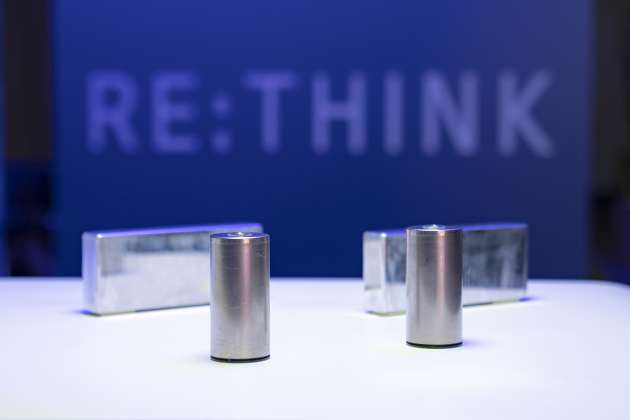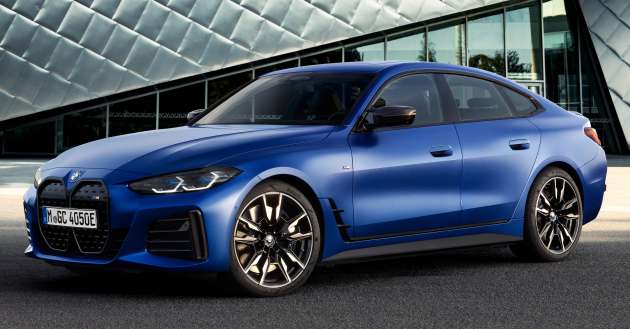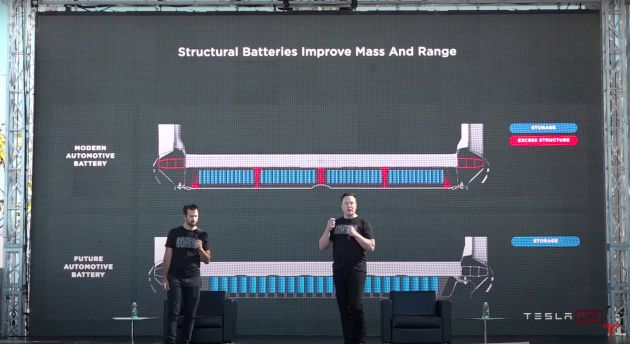With the next-generation of BMW lithium-ion electric vehicle batteries, BMW head of Efficient Dynamics Thomas Albrecht told Autocar that the new Gen6 batteries will offer 30% or more range than the current Gen5 batteries, “but we won’t go over 1,000 km of range even though we can,” Albrecht said.
Previously, BMW had said last year that it had decided to cap the maximum range of its EVs to 600 km, while its plug-in hybrids be capped to 100 km of pure electric range.
That said, while BMW views prolific range as unnecessary, it aims to offer quicker charge times and reduced weight. The new Gen6 batteries will also see DC rapid-charging times improve by up to 30%, which should see BMW models of the Gen6 era support charging rates in the region of 270 kW, or similar to those that the Porsche Taycan is capable of, the magazine reported.
This is made possible by 800V electrical architecture that will be used by the upcoming Neue Klasse (New Class) from 2025, compared to current BMW electric vehicles which use 400V architecture, such as iX, iX3, i4 and i7.
The Gen6 battery packs have also been tipped to become lighter by some 10-20% than the Gen5 batteries, which currently weigh around 300 kg for a mid-specification battery pack, according to Autocar. Instead of prismatic cells currently used, the Gen6 battery packs that will go into BMW’s Neue Klasse models will adopt the cylindrical cell form, similar to those used by Tesla.
These new Gen6 battery cylindrical cells also use a unique BMW chemistry, and measure 46 mm in diameter and either 95 mm or 120 mm in height. These use less cobalt and more nickel, and will be sourced from Chinese manufacturers CATL and EV. These are an evolution of the conventional lithium-ion chemistry that is common to most electric vehicles today, according to Autocar.
The change in cell shape also brings a new battery pack that is slimmer and allows for a more versatile ‘pack-to-open-body’ installation process, where the battery forms an integral part of the car’s structure, such as with the design used by Tesla.
Future developments will also see the new generation of battery cells show improvements beyond offering greater EV range. “Legislation is coming in to further guarantee battery life. For instance, the US will require a minimum 80% battery performance after 10 years. We’re performing better than that,” Albrecht said.
Environmental considerations extend to the manufacturing process of the batteries as well. BMW is also planning for six new battery plants in Canada, China, Europe, Mexico and the United States, which will be located close to existing car manufacturing facilities to reduce transportation requirements and therefore the associated emissions from transport.
These will also yield financial benefits, and BMW estimates that the changes to battery design and manufacturing processes will result in up to 50% savings in production costs, which is significant considering that an EV’s battery accounts for around 40% of the vehicle’s cost, Autocar wrote.
These same changes have also been said to result in a 60% reduction in CO2 emissions from production, through a push completely renewable energy at all BMW facilities as well as those of its third-party suppliers, the report added.
Other battery technologies haven’t been ruled out, but aren’t confirmed either. “We’ve investigated lithium ion phosphate batteries, but the energy density on a cell level is much lower, so for a highly integrated approach, it makes more sense to use this technology in lower-range vehicles,” said BMW head of battery cell development Marie-Therese von Srbik.
Looking to sell your car? Sell it with Carro.











































They really enjoy slow electron refuel for less mileage..
This Charging Life is so “relax, like after life”…
Traffic Jam enough boring, annoying..
How do we call this phenomenon… Charging Jam..?
human species are still an idiot have not discovered how to improve regenerative charging when vehicle in motion, ancient texh only stops and park to charge.